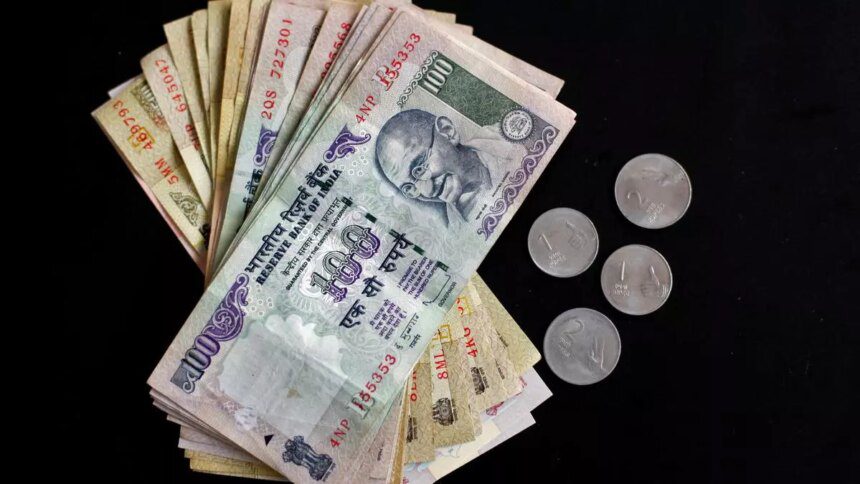The depreciation of the Indian rupee against the US dollar to a record low of 85.92 has been a cause for concern among forex traders and economists. The factors contributing to this downward trend include the strength of the dollar, rising crude oil prices, and the outflow of foreign funds from the Indian market.
The dollar’s strength can be attributed to the higher US bond yields and expectations of delayed interest rate cuts by the Federal Reserve. This has boosted the greenback against a basket of currencies, including the Indian rupee. Additionally, the escalating tensions in global markets, such as the conflict in Ukraine and the uncertainty surrounding the Omicron variant, have added to the volatility in currency markets.
On the other hand, the surge in crude oil prices has put additional pressure on the rupee. With Brent crude trading at $76.08 per barrel, the higher energy costs are likely to impact India’s trade deficit and inflation levels.
The domestic equity market has also been under pressure, with the BSE Sensex and Nifty trading lower. The ongoing sell-off by foreign institutional investors has added to the downward pressure on the rupee.
In conclusion, the depreciating value of the Indian rupee against the US dollar is a reflection of the global uncertainties and the domestic economic challenges facing the country. It is essential for policymakers to address these issues and implement measures to stabilize the currency and boost investor confidence in the Indian economy.










